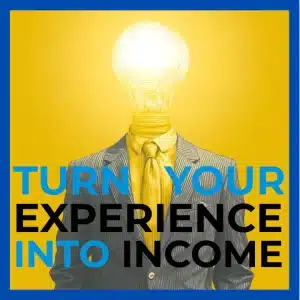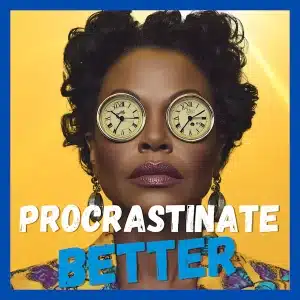
The short answer is it’s the same question we’ve been asking in all of our Book Rapper issues:
What does it mean to be living in the Information/Knowledge/Digital Age?
Typically, it shows itself as the old way and the new way.
In this case, the old way is mass media. A few people sent out the same message to everyone and we happily took notice via our newspapers, TVs and radios.
That’s doesn’t seem to be working anymore. We’re spending less time passively reading, watching and listening.
And, we’re now spending more time on social media actively creating our own content.
So what’s driving this change?
The simple answer is on this page and the next one. The fundamental building block of our time is information.
And, as we review the properties of information we can begin to grasp the strange new world in which we now live. A land where information rules…
1 Inconsumable
Goods disappear through use. Information does not disappear. It remains unchanged however much it is used. Read this. Read it again. And again and again and again… You can have your cake and eat it too!
2 Indivisible
Goods can be divided and used. Like fruit in salad. Chop it up, use some now, some later. Information can only be used when it constitutes a set. Half a book will only tell half the story. Half a sentence will not
3 Untransferable
Transfer a physical good from A to B. It is moved completely from A to B. Transfer information and the original information remains at A. Do you copy?
4 Accumulative
To accumulate goods don’t use them. Information cannot be consumed or transferred. Use it again and again, it accumulates anyway. Information quality can be improved by adding new information.
All information, whether in the form of a physical drawing/letter or digitally in a computer, has these four properties. However, the acceleration of information interchange through the use of digital technology has added four more properties… (next blog post)
Previously published : Geoff McDonald, Beyond the Electronic Drawing Board, Archiquar, Melbourne, 1996.
Direct Source : Jones, Barry; Sleepers Wake! Technology and the future of work; Oxford University Press; Melbourne; 1982.
Original source : Dr. Yoneji Masuda.



